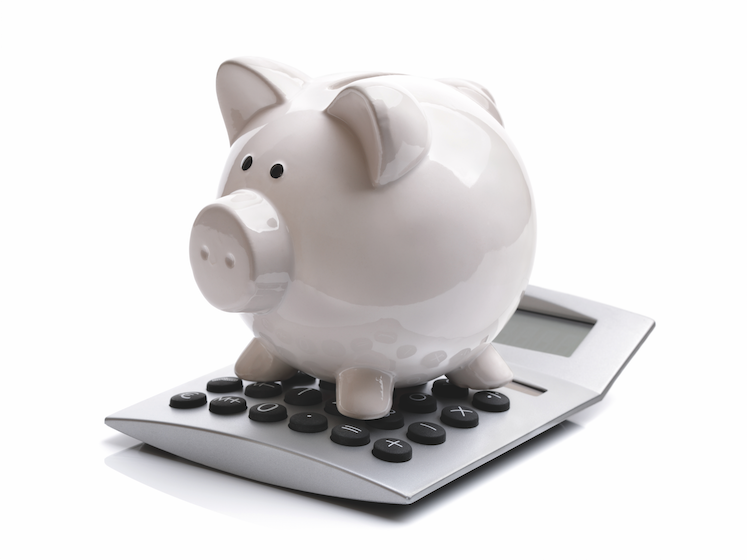Savers could be hit with an unexpected tax bill as a result of getting a better return on their savings, AJ Bell has warned.
According to the investment platform, rising interest rates means savers may breach the tax-free allowance on their savings income for the first time.
Laura Suter, head of personal finance at AJ Bell, said: “The rates war in the savings markets is great news for those with cash stashed away but many will be hit with an unexpected tax bill as a result of getting a better return on their savings.
“On top of this, because income tax allowances have been frozen, more people are being pushed into the next tax bracket and so seeing their Personal Savings Allowance chopped in half or disappear altogether.”
When the base rate was 0.1%, a basic rate tax payer would need to have £1 million in cash savings to hit their £1,000 tax-free limit. However, with top easy-access savings accounts now paying 2.35%, the same basic-rate taxpayer could only need to have £42,500 in savings to hit the limit. In addition, if a basic-rate taxpayer had seen their income rise in the past few years and had tipped over into the higher-rate income tax bracket, they would only have a £500 tax-free savings limit, meaning they would need to have £21,250 in savings before they hit their new, lower limit.
Suter said: “Those putting their money in fixed rate accounts are getting far higher rates but this means they face a tax hit even with more modest savings. The top two-year bond at the moment pays 4.5%, meaning a basic-rate taxpayer with £22,200 would hit their tax-free limit while a higher-rate taxpayer could only have just over £11,000 before they would have to pay tax.”
Even savers still within their tax-free limits need to be mindful of potentially reaching those in this tax year, with interest rates expected to rise even further, potentially reaching as high as 6% in 2023.
Suter commented: “If base rate hit the 6% it’s expected to next year and easy access savings rates matched that, a basic-rate taxpayer could only have £16,650 in their account before they hit the limit and for a higher taxpayer this would drop to £8,300.”
As an alternative, AJ Bell says savers should consider putting their money into a cash ISA, predicting that this year will see a boom in ISAs as more savers seek to shelter their funds from the taxman.
Suter added: “Each individual can put up to £20,000 into an ISA each year. However, cash ISAs often pay lower interest rates so savers will need to do their sums to work out whether it’s worth picking a higher paying non-ISA account and paying tax on their savings interest or putting it in an ISA and accepting a lower rate.”





























